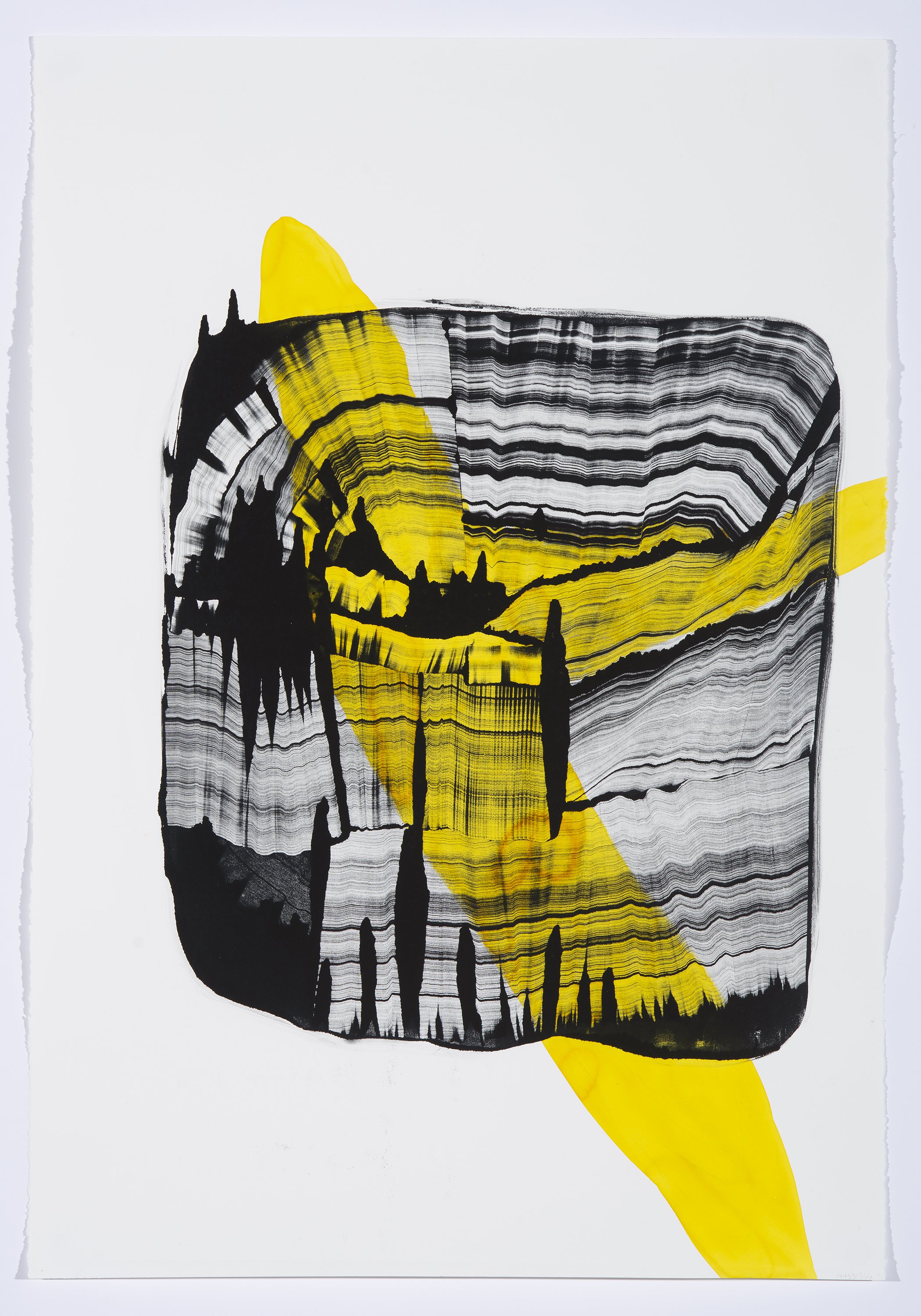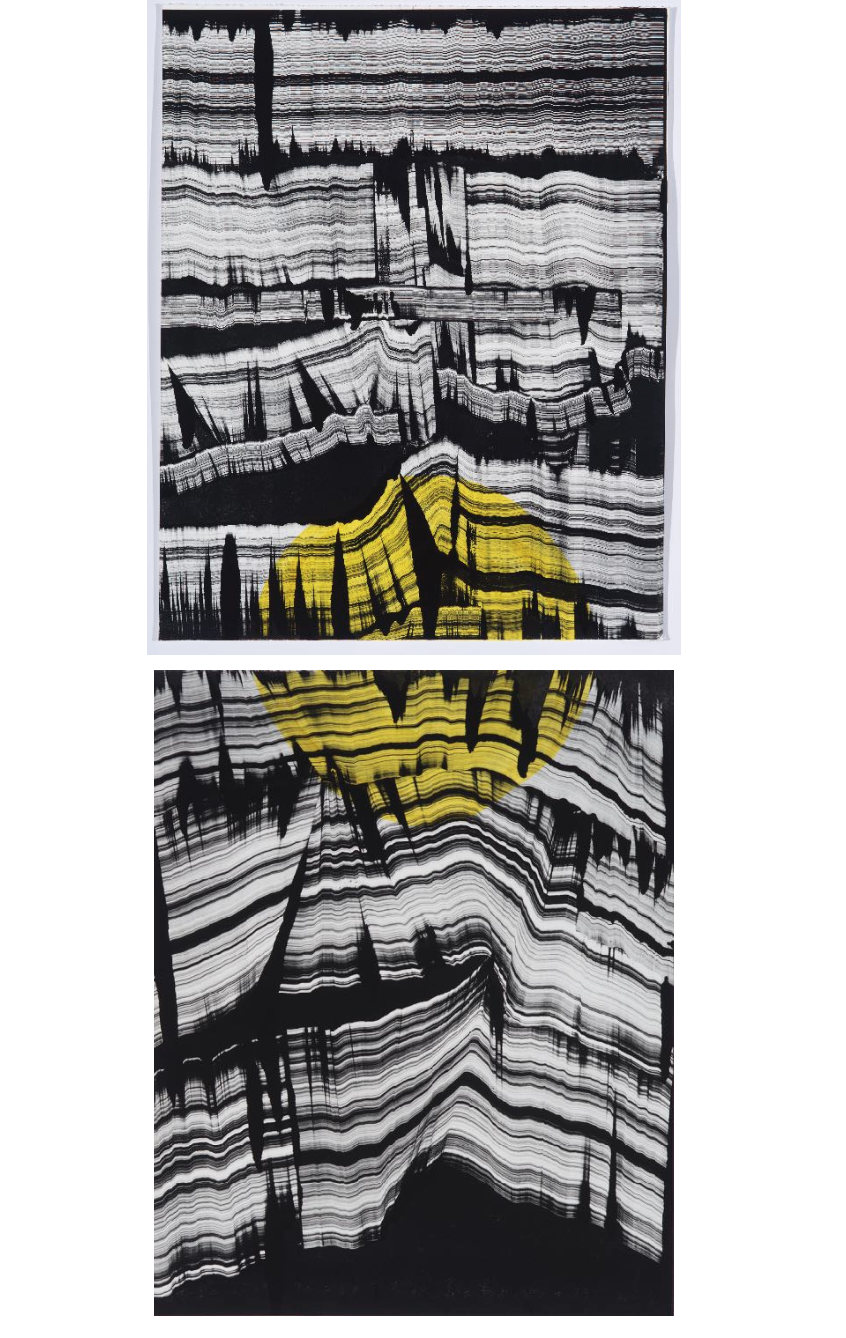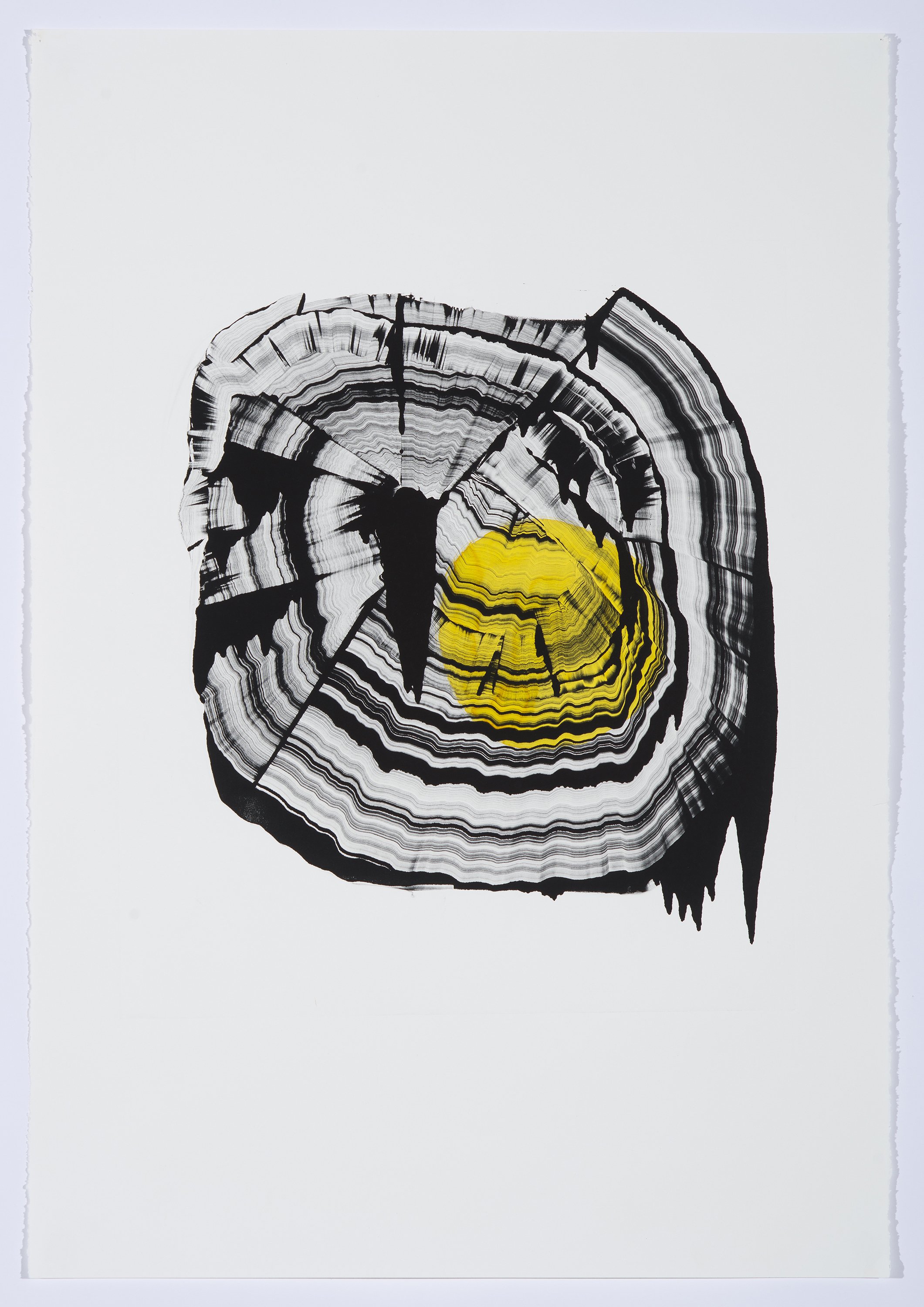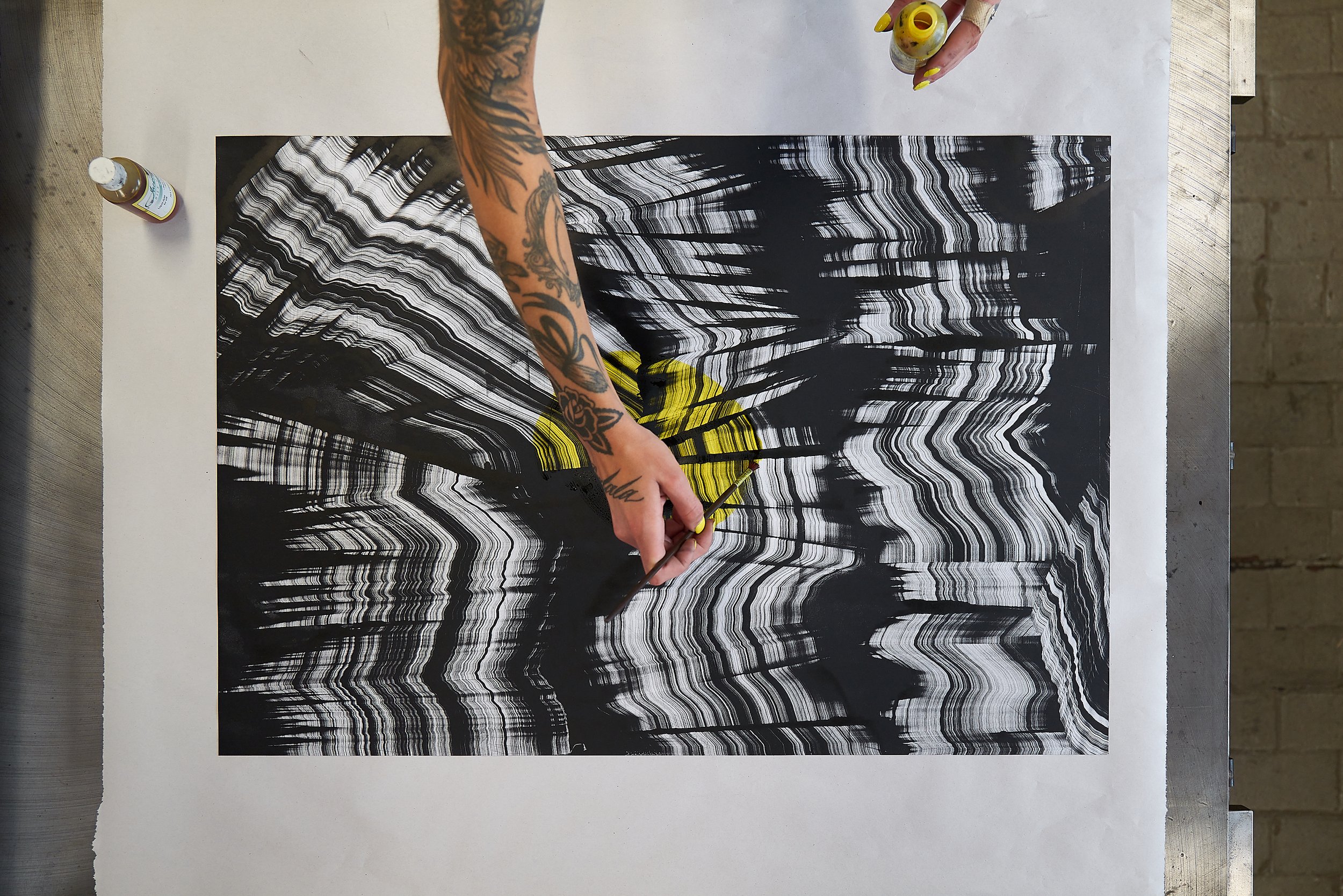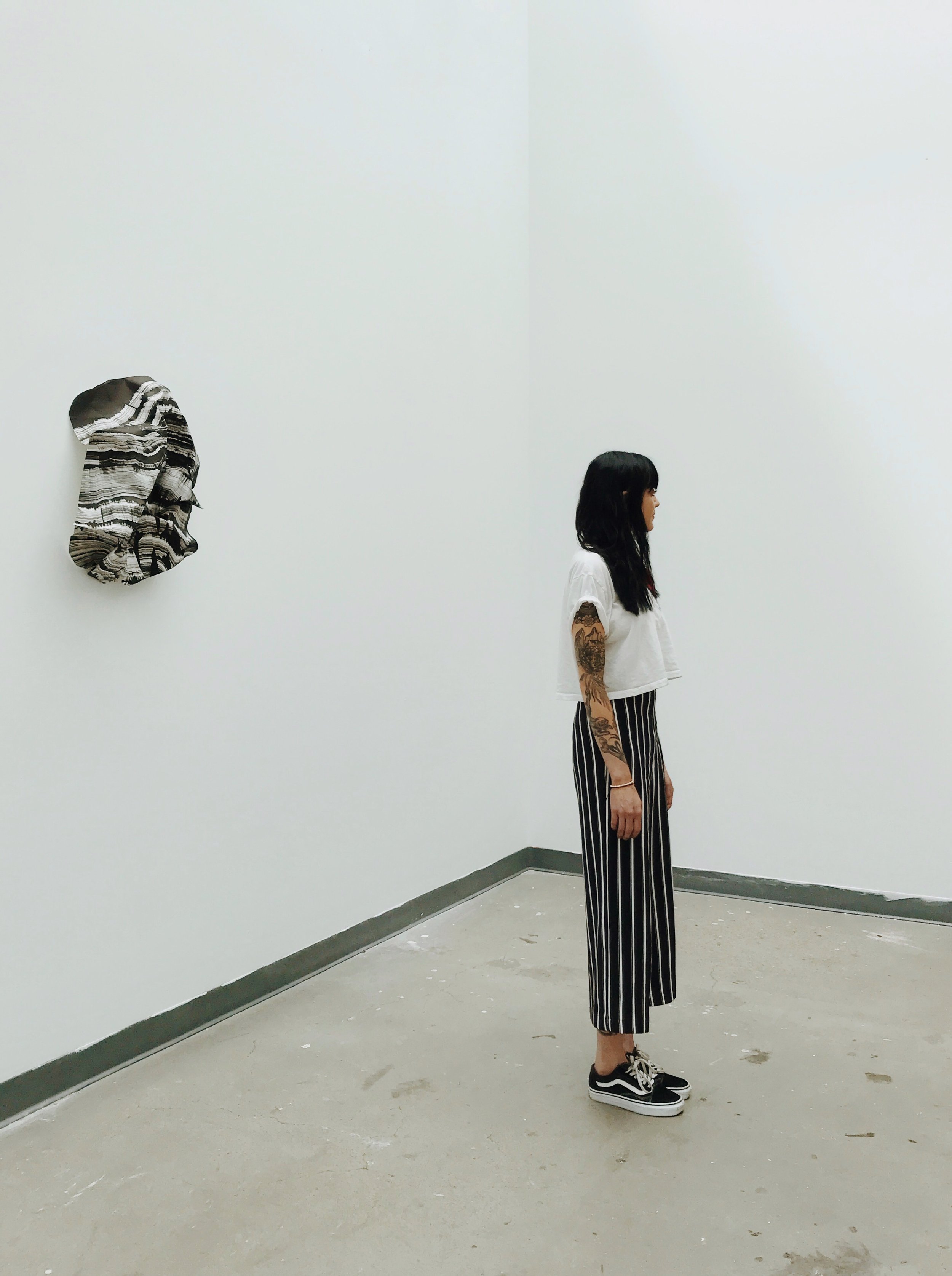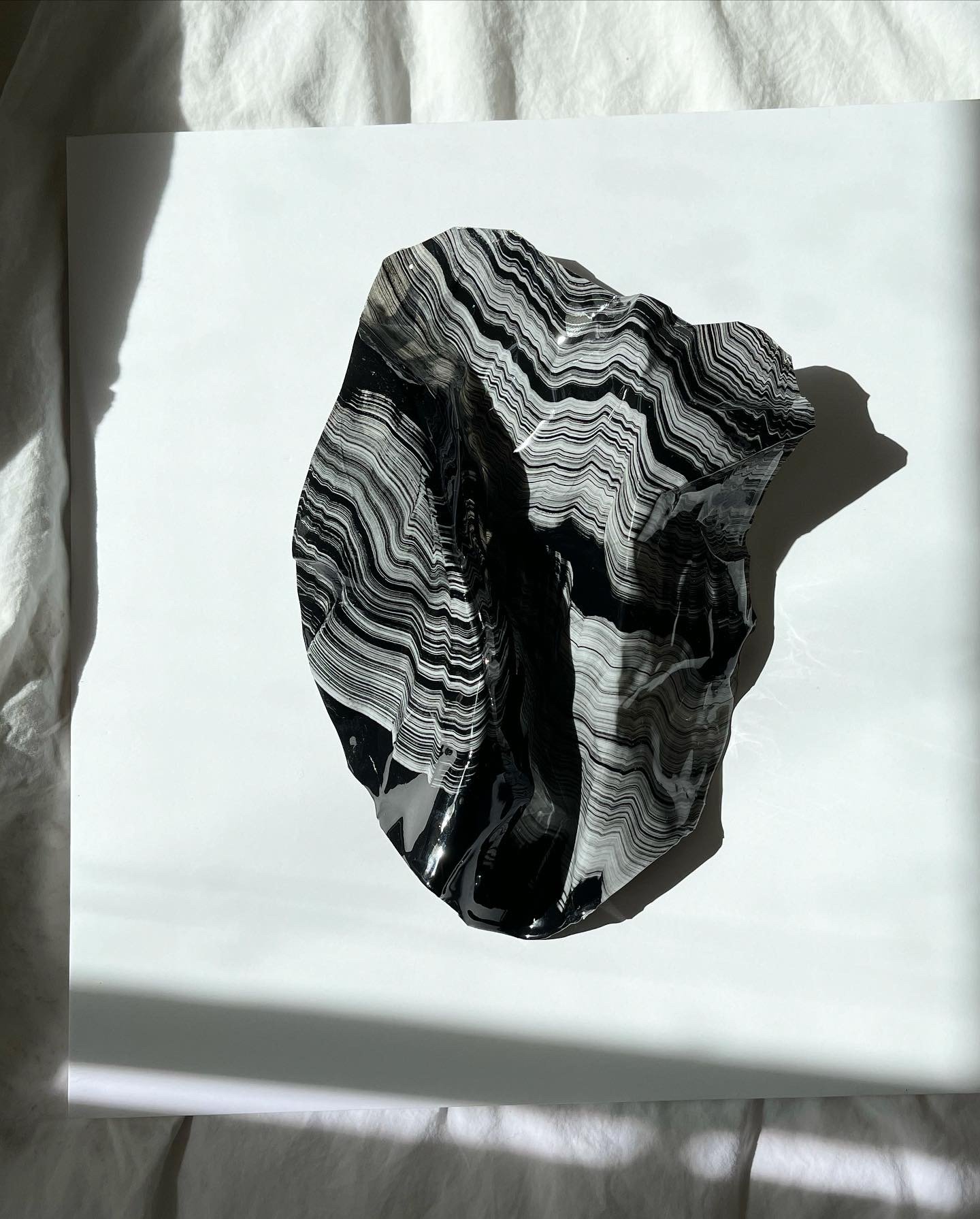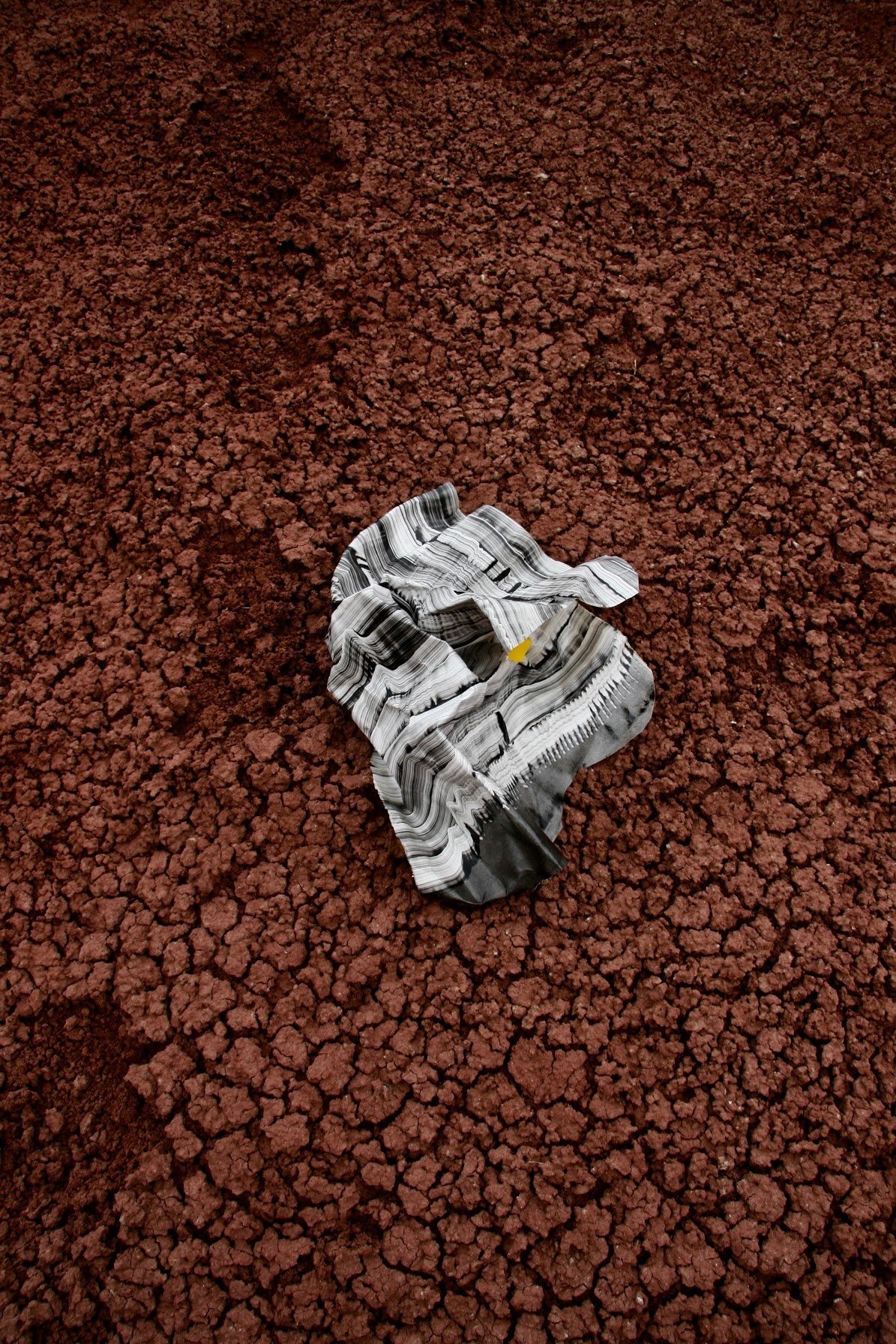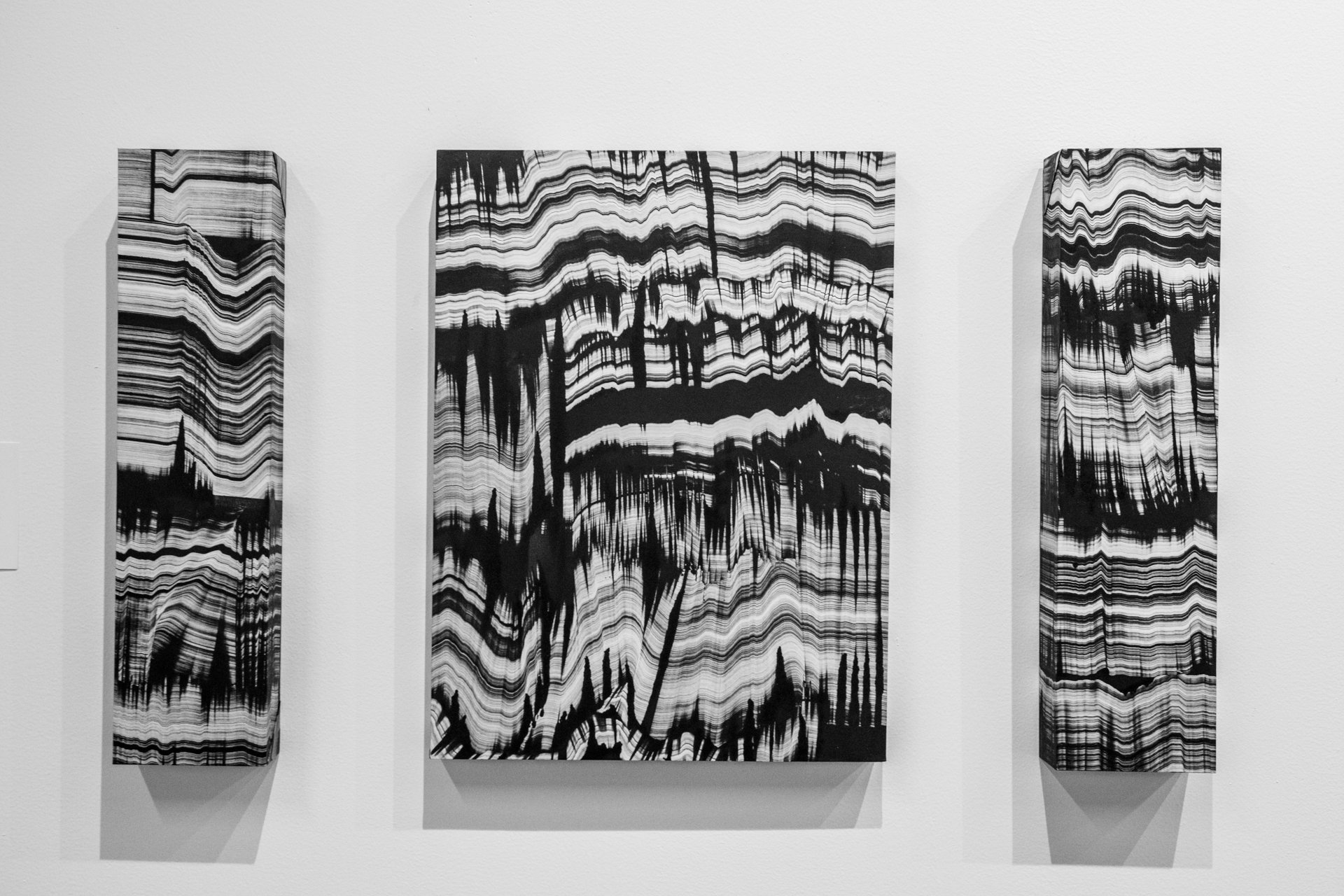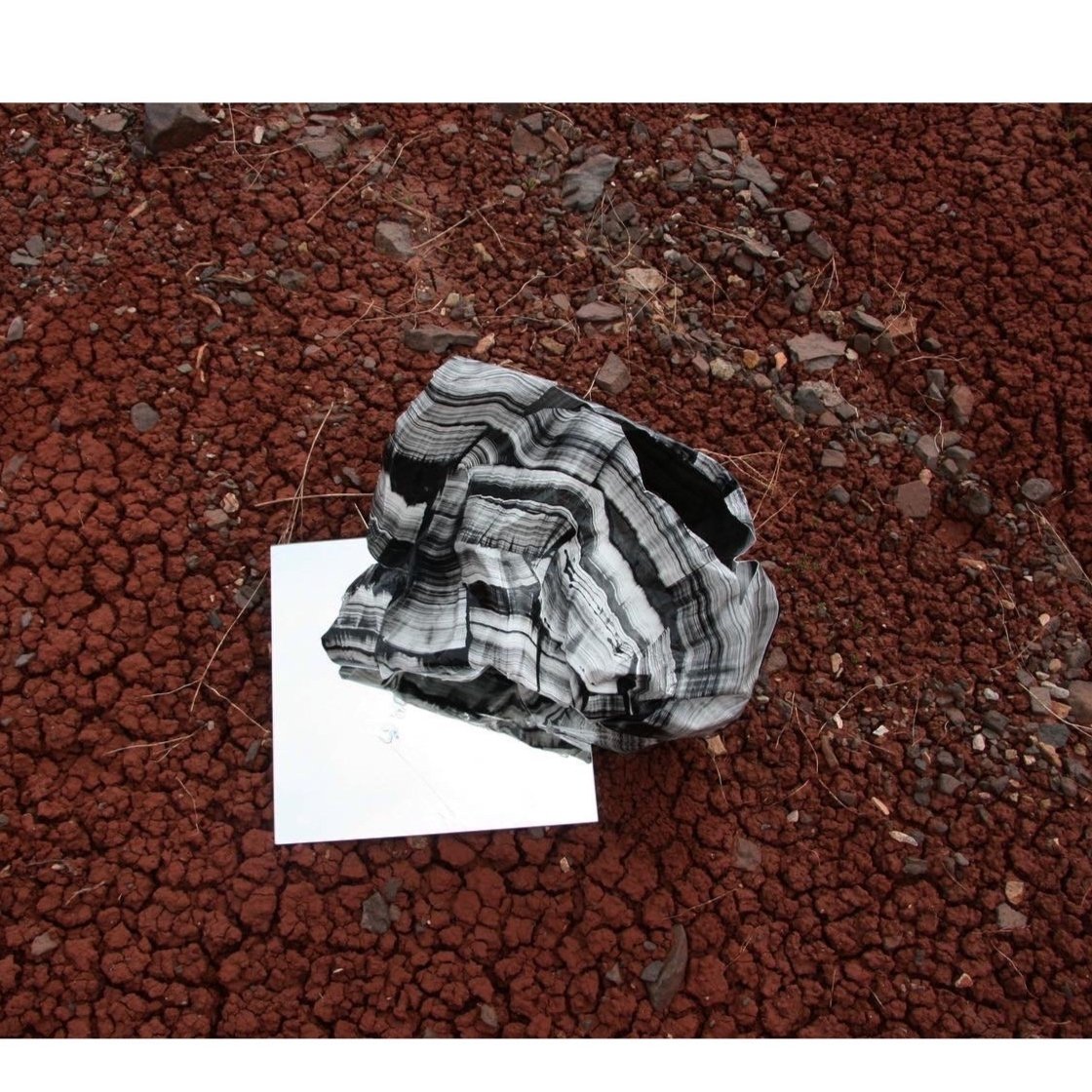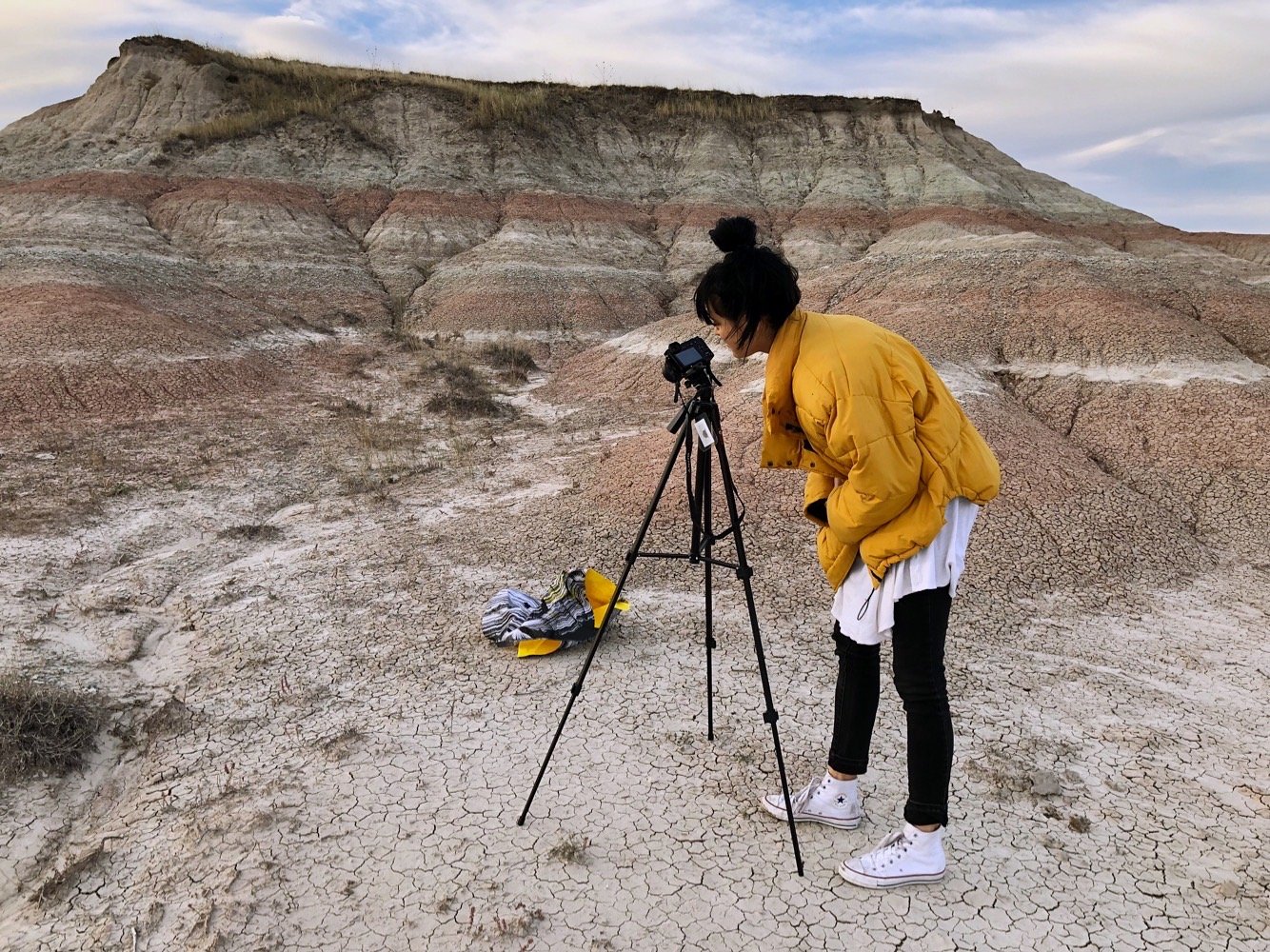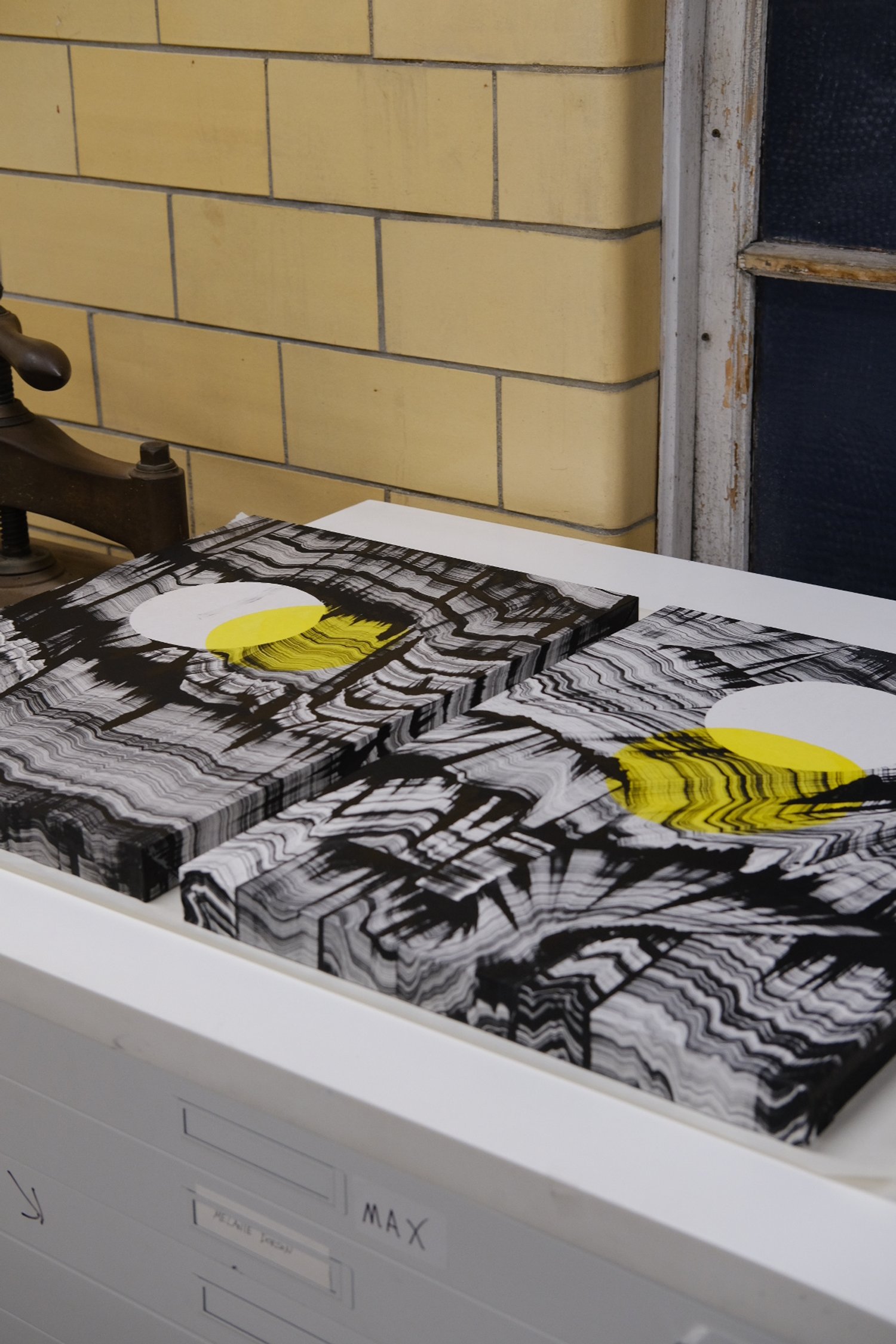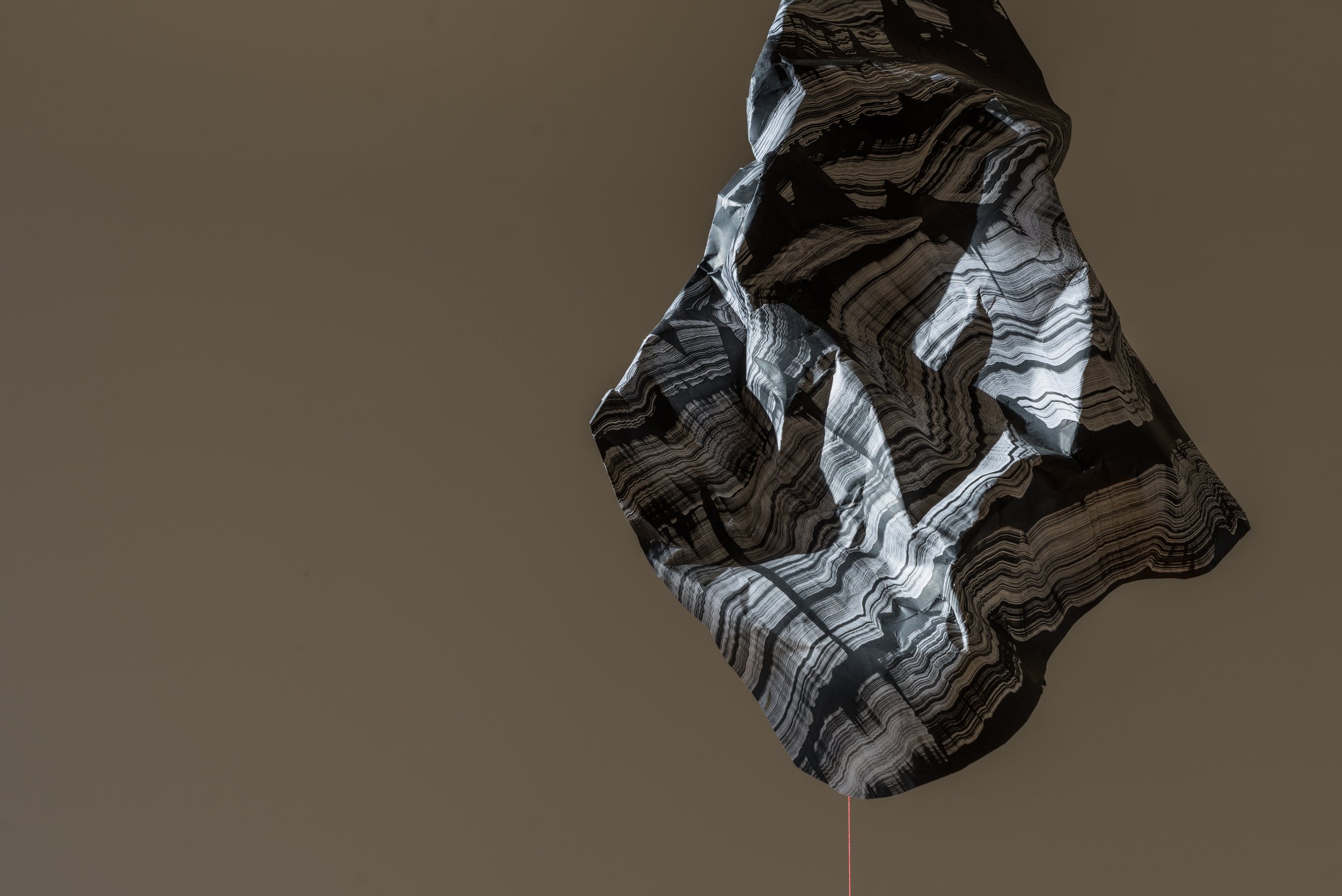
Photograph courtesy of Google, Mountain View CA
Angelica Trimble-Yanu is a Creative Project Coordinator, Designer, and Visual Artist based in Oakland, California. She is an enrolled member of the Oglála Lakȟóta Sioux Nation from the Pine Ridge Indian Reservation in South Dakota.
Angelica holds a BFA in Fine Art from the Pacific Northwest College of Art and a certicate in Human-Centered Design. Her work spans disciplines and mediums, exploring themes of identity, connection, and community. Her practice has been exhibited widely, including a permanent installation at Google’s flagship store, the de Young Museum, MarinMOCA, and internationally at the Palazzo Albrizzi-Capello during the 2022 Venice Art Biennale. In 2023, she was nominated for the prestigious SECA Art Award by SFMOMA following her debut solo exhibition, BLACK SUN, at MRKT Gallery in San Francisco.
A strong advocate for community-engaged practice, Angelica has participated in public residencies, exhibitions, and artist talks with institutions such as the Museum of Archaeology Alabama, Google, the Institute of Contemporary Art San Francisco, the Berkeley Art Center, Kala Art Institute, Five Oaks Museum, Oregon State University, and Santa Clara University.
Her creative work has been recognized with multiple honors, including awards in writing and printmaking from PNCA and an Expert Printmaking Award from Zealous UK. Her work and perspective have been featured in numerous local and international publications, including PBS NewsHour, The Oregonian, Diablo Magazine, Urban Life Wash Park, Divide Art Magazine, and The Palo Alto Daily.
Recent News & Career Highlights:
PBS News Hour: Indigenous artists on reclaiming authenticity
Urban Life Wash Park Magazine: Angelica Trimble-Yanu
Angelica Trimble-Yanu BFA’19 brings together tradition and technology for the artwork in Google’s new flagship store
Interview with Creative Director, Emily Bolles For ARTBUDS in Portland Oregon 2020
Photographs by Emily Bolles
Emily Bolles: Who are your inspirations?
Angelica: “James Lavadour, A painter and Printmaker from Walla Walla, Washington. Lavadours landscapes introduced me to a new perspective of landscape. how landscape can serve as a vessel for communication and tradition, how can landscape serve as visual language. I am influenced by his first collaborative sculpture with the Walla Walla Foundry. “Ruby Lift” I am interested in Lavadours process in this particular piece. Lavadour took his paintings and translated them into 3D forms through digital process. He photographed and scanned his painting through a digital architecture program. He then rendered a 3D map through the painting. Lavadour’s brush strokes from the black and white abstract painting transformed into a three dimensional topographic reality of the Columbia River. The Columbia is a sacred space for him and his ancestors. I am interested in this reflection of intuitive and collective memory Indigenous nations have to their ancestral homelands. The marks transformed physically into who he is and where he is from. the mark making he used reflected his sacred homelands in Walla Walla, Washington. James experienced an unexpected phenomena with the uncanny reflection of his tribes homeland within the physical dimensions of Ruby LIft.”
At Home in Portland, Oregon with Angelica Trimble-Yanu
